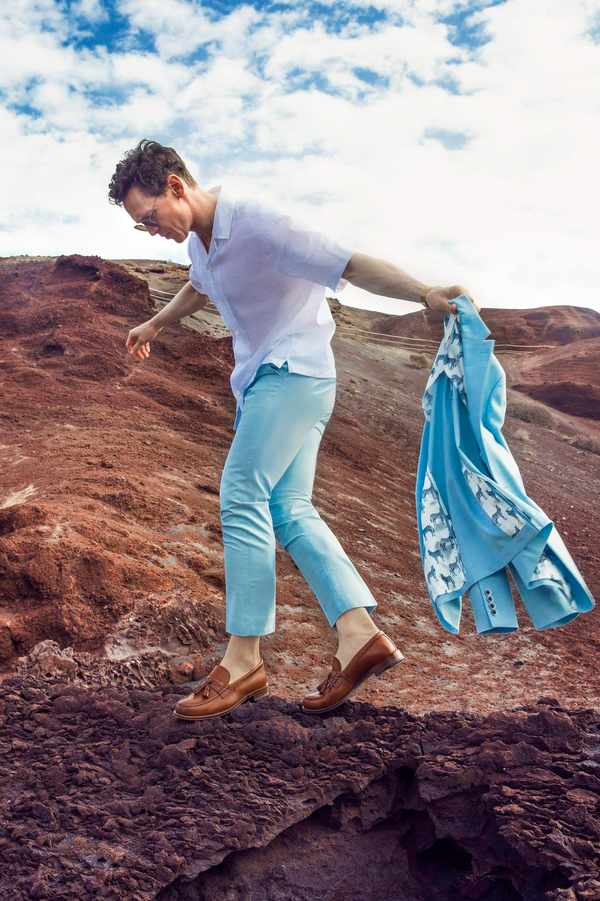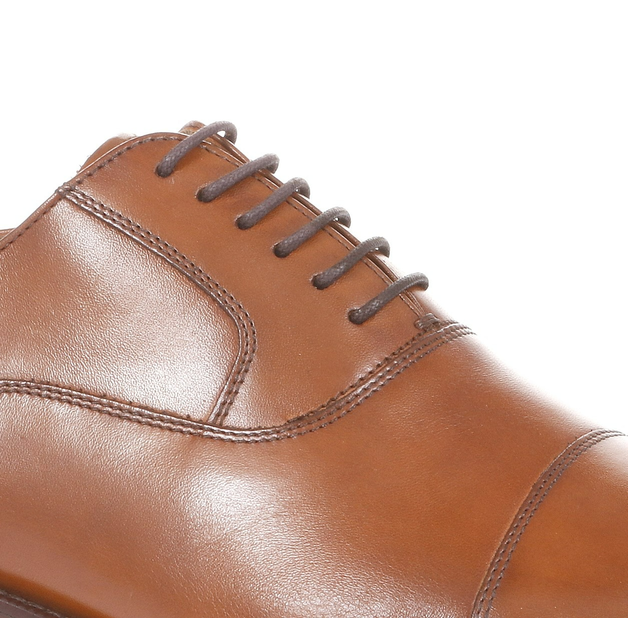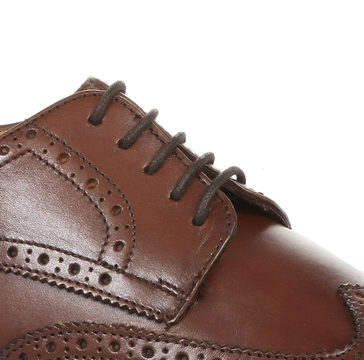
A Visual Guide to Styling Suits and Shoes
9 May 2022
With workwear rules becoming more relaxed in recent years, there seem to be fewer and fewer excuses to put on a full tailored suit. Since there’s no need to don a suit every day, it’s easy to feel out of practice. One button or two? Cross or Windsor knot? What colour shoes should I wear with a blue suit?
Now that the season of celebrations is upon us, these types of questions become more pressing. Nailing the right suit, shoe, and belt combination can be the difference between looking the part and looking out of place.
If you’re not clued in to suit etiquette, you’d be forgiven for thinking it’s bewildering. Suit etiquette doesn’t have to be an exclusive club. Instead, it’s a simple set of guidelines designed to help gent’s co-ordinate their occasion outfits.
The key to it all? Getting the accessories right. Matching your shoes and belt to compliment or contrast the colour of your suit will instantly pull the whole look together.
In this guide to suit etiquette, we’re taking it back to the basics. Giving you the foundation knowledge to styling your suits, so that the next time you dust off your old dinner jacket, you’ll have all the right tools to sharpen it up.

Should you wear a belt with a suit?
No doubt, a common question when it comes to styling a suit. While you don’t have to wear a belt, sometimes it’s a necessity. Other times, a belt is exactly the thing you need to take your suit from smart to razor sharp.
One simple co-ordination trick that will rarely steer you wrong: when it comes to choosing your belt, match like for like. Wearing grained leather shoes? A grained leather belt is the way to go. Brown suede shoes? Brown suede belt. Easy.
What shoes to Wear with a Suit
When it comes to a black suit the choice of footwear colour is simple. Black suit, black shoes, black belt. The question now: what style of shoe? Let’s establish the merits of each style of shoes paired with a suit.
Oxford or Derby Shoes?
The obvious and most traditional choice is a classic Oxford or Derby silhouette. The difference between an Oxford and a Derby shoe is simple. In an Oxford shoe, the quarters (that is, the flaps where the shoe-lace eyelets are situated) is stitched closed with the tongue lying underneath. This gives the Oxford silhouette a more streamlined appearance.
In a Derby silhouette, the quarters are situated on top of the vamp, appearing as ‘open’ flaps, separate from the tongue which runs underneath. Giving off a more relaxed appearance, Derby shoes allow for versatile and flexible wear.

Oxford
